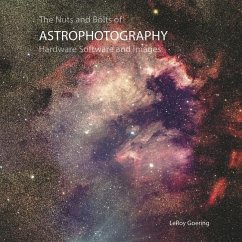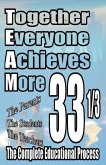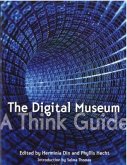Stars are formed in clouds of gas and dust. The new stars collect into clusters ranging from a few dozen to millions, and into galaxies containing trillions of solar systems; so many stars as to seem infinite. The authors goal was to view what he could. The first telescope sat on a tripod in the back yard. It was hard to setup and tiring to take down at night. He could view the planets, moon, and a few other objects. But, even with a fairly large telescope the nebulas and galaxies appear only as faint white glows or could not be seen at all. Success became easier with experience. A long exposure camera was added and the images became increasingly more colorful and detailed. A solid mount and weather proof shelter were built and the hardware and software were upgraded. The winter nights were cold and the summer nights were plagued with bugs. There were frequent system failures and restarts. Most nights were hazy, foggy or cloudy but the occasional clear night led to amazing discoveries. Finding and actually seeing what had been invisible is exciting and drives one to continue searching. As the number of successful images increased they were stored and organized into book form. The fledgling book was updated with lessons learned, and the photos were tagged with descriptive information. All the observatory hardware and software were documented. The book became a personal astrophotography journal. Chapters were added describing telescope and camera theory. Methods of image collection and image processing were updated as learned. The journal evolved into an astrophotography reference book and photo album of space observations. This colorful book is the result of 9 years of observations, research, and astronomical photography. The final version (8.5 x 8.5 inch) contains 256 pages with over 200 color images. The result is a wonderful and colorful photo book for the coffee table and a fascinating introduction to astrophotography.
Bitte wählen Sie Ihr Anliegen aus.
Rechnungen
Retourenschein anfordern
Bestellstatus
Storno








